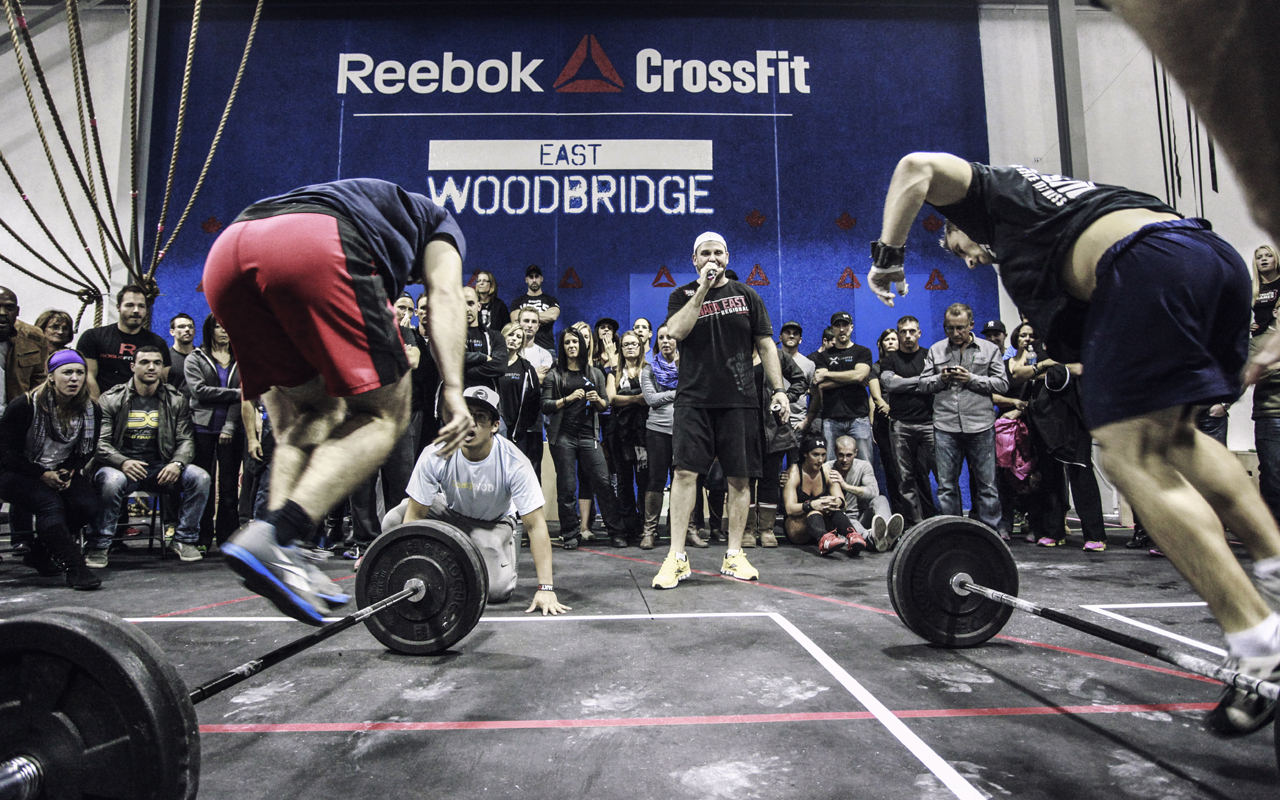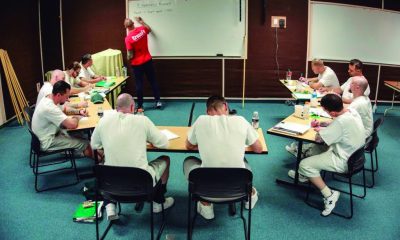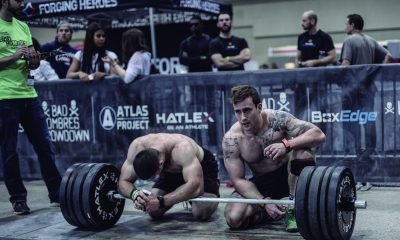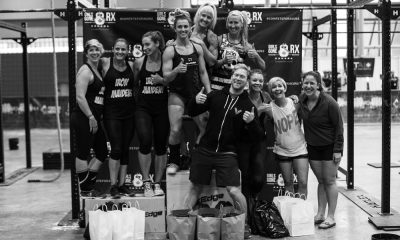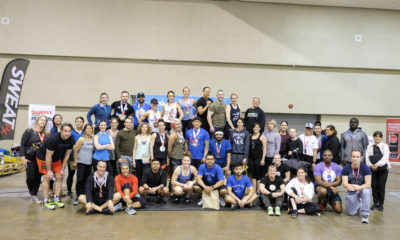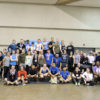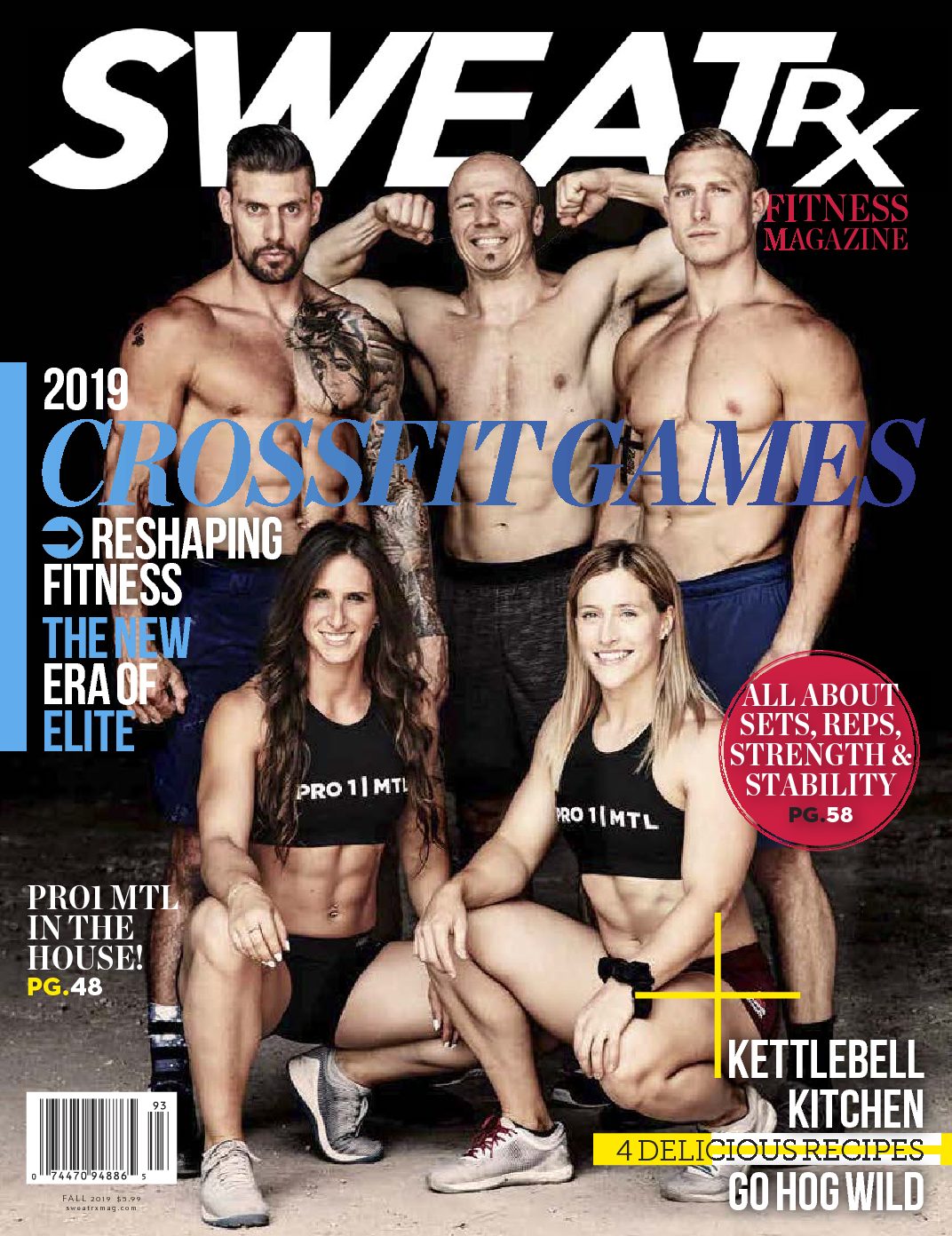Community
Fair Play. Levelling the playing field at local competitions
Sandbagging: competing in a skill bracket, or being ranked, lower than one is deemed capable of.
The sport of CrossFit is growing and with it the number of local competitions and people wishing to compete. Traditionally, events would include two divisions: Rx (prescribed weights and movements for experienced CrossFitters) and scaled (lighter weights and less advanced skills). It’s becoming increasingly common, however, to find stronger athletes competing in scaled divisions. Whether athletes are underestimating their abilities or they prefer to avoid stiffer competition, incorrectly placed athletes negatively affects the competition experience for both spectators and fellow athletes.
Tired of watching athletes with massive lifts or butterfly pull-ups in the scaled division, the CompWOD team put their heads together to devise a new registration and scoring system to level the playing field. Their system made its debut this month at their open team event, Two Bars One Snatch, where I caught up with them to learn more about it.
“A few years ago,” explains CompWOD member Kevin Fraser, “there were those that could do muscle- ups and double-unders and those who couldn’t. But now, the divisions are spreading out a bit, the lines between them aren’t as clear, and scaled isn’t really scaled anymore.”
Part one of their solution was to create a third, middle division for experienced athletes who still have some holes in their game. Part two was to not let athletes pick their own division. Instead, the team created a survey for participants that would outline their capabilities. Athletes were pre-ranked and placed in either Division B, Division A, or Elite based on how much they could lift, their Fran time, and whether they could do a muscle up (even just one).
On competition day, athletes were given a chance to prove the survey and the CompWOD team wrong with two qualifier workouts. Final divisions were determined from these, and the slate was wiped clean before three more workouts (scaled for each level) determined the division champs.
The CompWOD team likened their system to a touch football league: “You have divisions A, B, and C and you play your way up,” explains CompWOD member Jamie Nugent. “Teams that are really good play against other good teams, and if you mess up on the first two, you play against the lower division teams who did well.”
If successful, the benefits of the system are numerous: athletes of all levels will compete within their division, and the stress of choosing a division for those who excel in some areas but not others is eliminated. With a level playing field across the board, the spectator experience is enhanced as well. “We want to take the fear out of competition,” says Nugent. “It should be fun. We want to respect all of the [CrossFit] movements, but do it in a way that doesn’t hinder the competitor or the spectator. We never want someone standing around, and we don’t want it to be boring because people are too good.”
The success of the system, however, hinges on the effectiveness of the qualifiers. In its first iteration, these consisted of speed and skills tests (teams collectively completed benchmark workouts Karen, Randy, and Fran) and a measure of strength (athletes each had 3 minutes to lift a maximum weight in either a deadlift, clean, or snatch).
Jamie Nugent couldn’t be happier with the results. “As I sat back and watched Workout 4, and Division B people were mostly doing kipping pull-ups, because that’s all they could do, and Division A people were doing butterflies, and Elite were doing muscle-ups, I knew we hit it just right. The fact that all 3 divisions were nail-biting finales meant people were in the same league.”
Feedback from competitors has been encouraging. Athletes excited to find that they’re on a level playing field, and new format provides an extra layer of competition. Now success can be measured not only by winning, but by working your way up the divisions. Nugent cites a team who qualified for the last spot (15th) in the Elite division as an example. “They were ecstatic! Where else would you find people so happy to be in the 15th spot? For them, it was validation that they’re improving, even though they had little chance of winning [in the Elite division].”
CompWOD plans to continue using this system going forward, perhaps even making the pre-rankings public for other organizers to use. “Our hope is to go to a tiered system across the board,” says Nugent.



